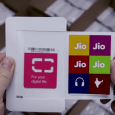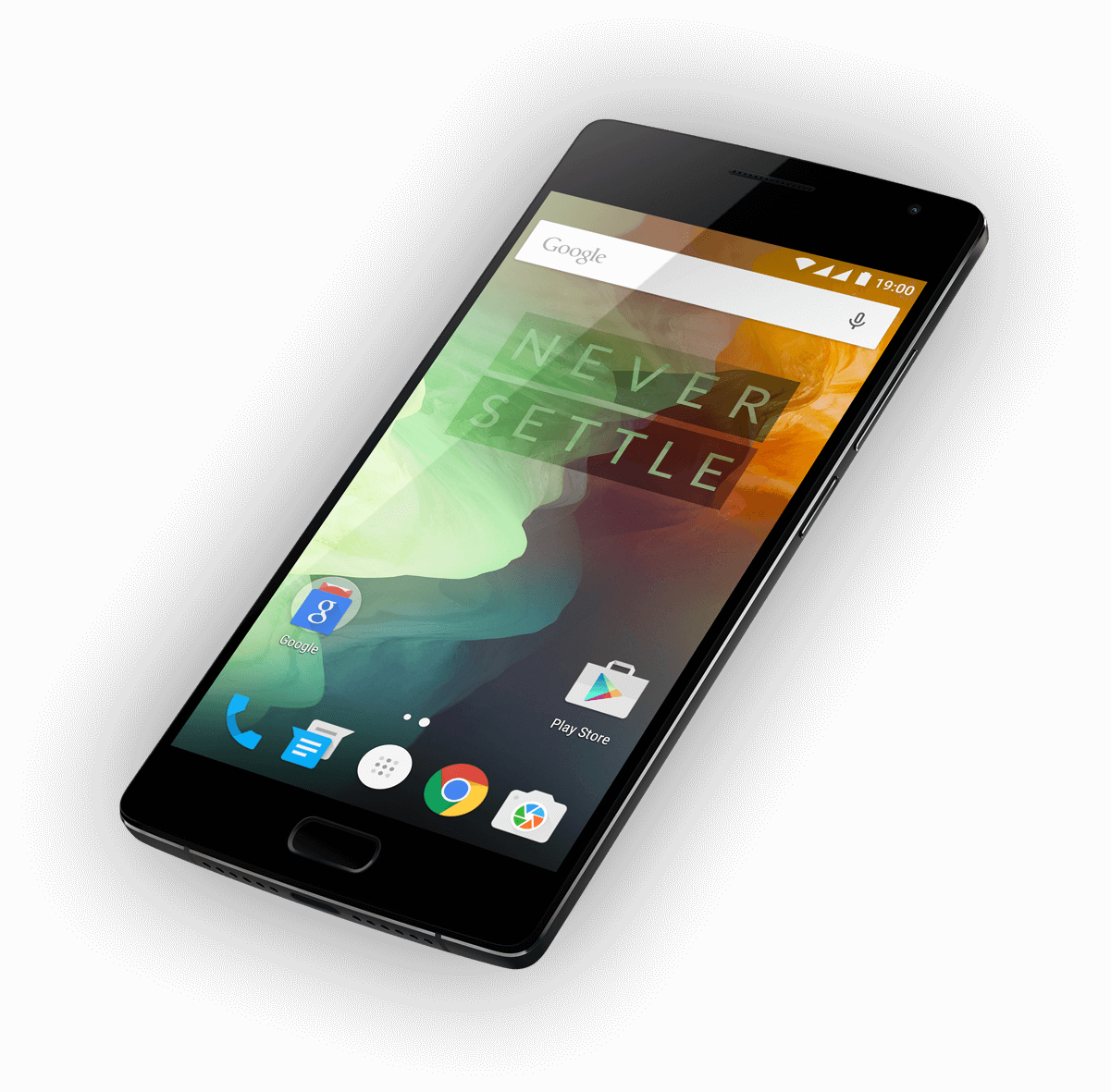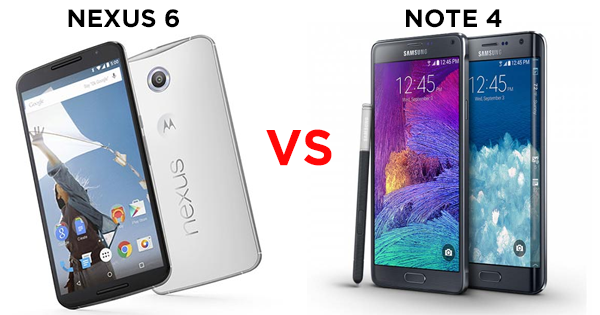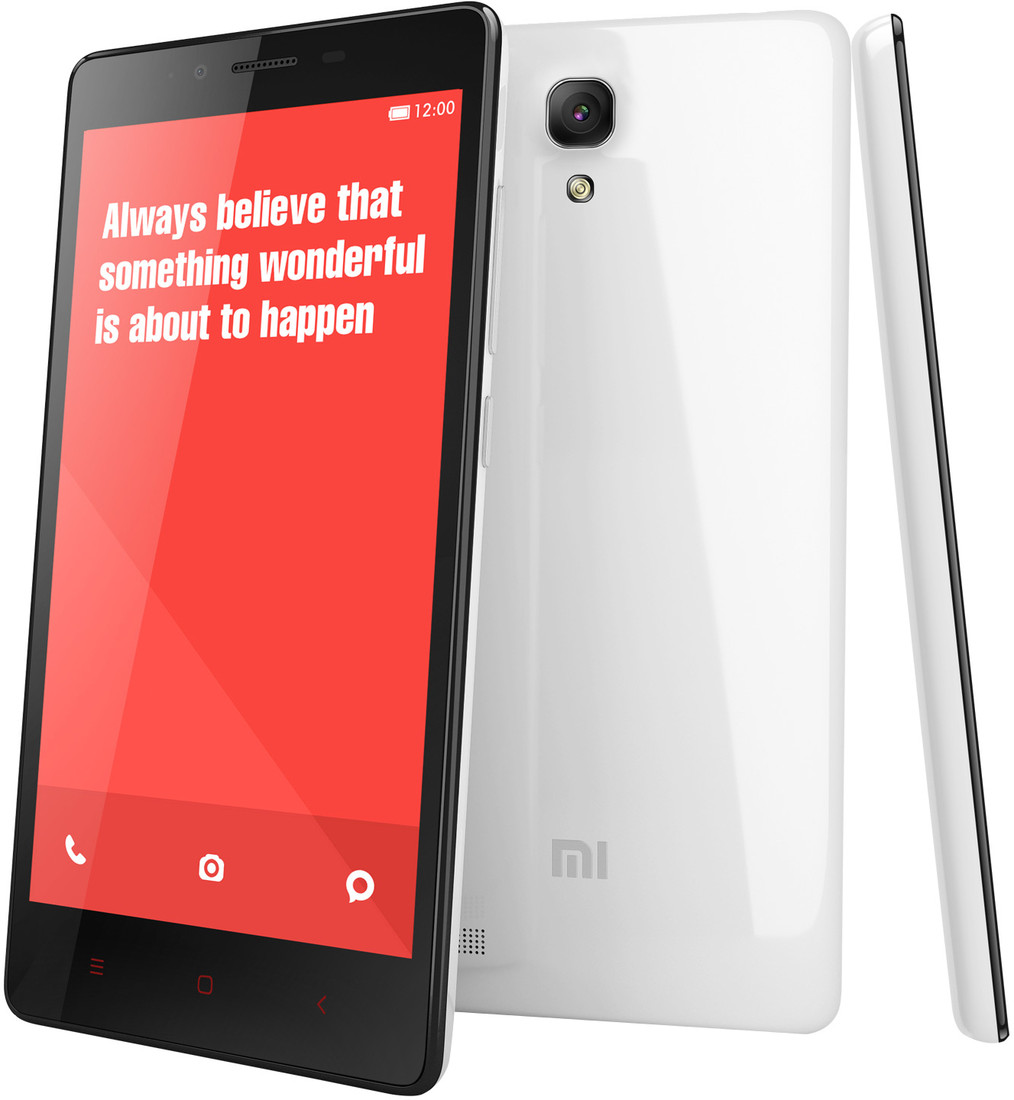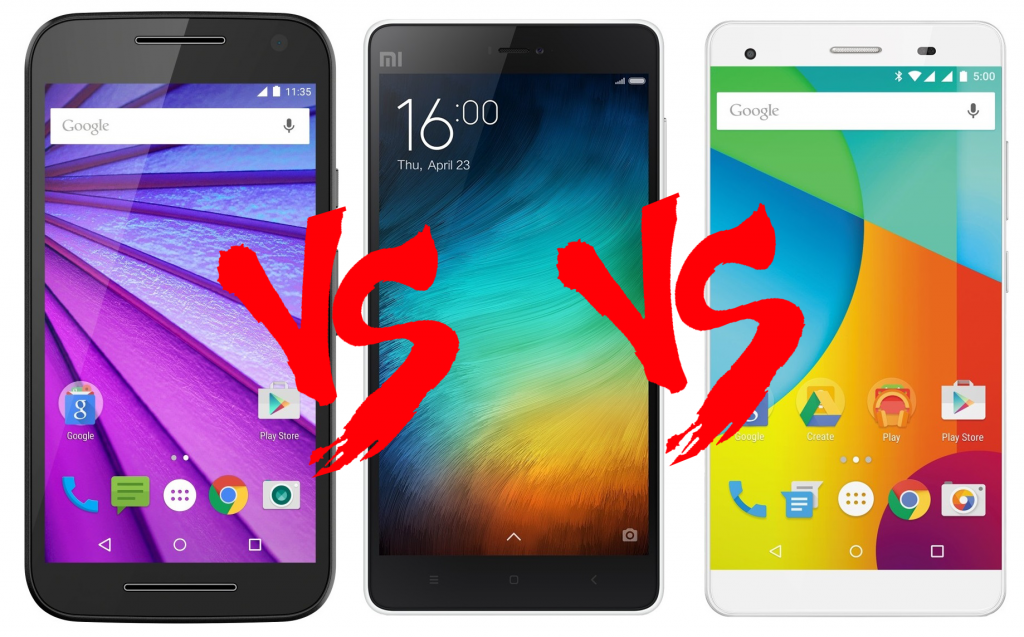 It is raining smartphones in the sub-₹15,000 budget segment where-in companies like Motorola, Lenovo, Micromax, Yu televentures among others are going up against one another to prove their supremacy in Indian market. Add to this, the flash sale model of these companies being used on online shopping sites and the products going out of stock in mere seconds.
It is raining smartphones in the sub-₹15,000 budget segment where-in companies like Motorola, Lenovo, Micromax, Yu televentures among others are going up against one another to prove their supremacy in Indian market. Add to this, the flash sale model of these companies being used on online shopping sites and the products going out of stock in mere seconds.
Motorola has recently launched its 3rd generation of Moto G in India and we will fare it with Xiaomi’s Mi 4i and the newly launched Lava Pixel V1 Android One smartphone – in terms of specifications, features and price.
Display
Motorola Moto G (3rd gen.) has a 5-inch HD (1280 x 720p) 294 ppi display while Lava Pixel V1 features a 5.5-inch HD (1280 x 720p) 267 ppi display and that on Mi 4i is 5-inch Full HD (1920 x 1080p) 441 ppi display. The display on the Moto G (3rd gen.) and Mi 4i is protected by Corning’s Gorilla Glass while the Pixel V1 has Asahi Dragon Tail Glass protection.
The Mi 4i here is the clear winner followed closely by Moto G (3rd gen.).
Processor
Under the hood, Moto G (3rd gen.) has a 1.4 GHz clocked Qualcomm Snapdragon 410 processor with Adreno 306 GPU. On the other hand, the Mi 4i is powered by an octa-core 64-bit Qualcomm Snapdragon 615 SoC and Adreno 405 GPU. Lava Pixel V1 has a quad-core MediaTek MT6582 processor clocked at 1.3 GHz which is rather outdated when compared with the other two devices.
All three devices, feature 2GB of RAM.
Storage
Moto G (3rd gen.) has an internal storage memory of 16GB out of which only 9.1GB is user accessible. There is a microSD card slot for further memory expansion up to 32GB. The Mi 4i is available in 16/32 GB non-expandable memory variants with only 12.77GB of user accessible memory (16GB variant). Pixel V1 has an internal memory of 32GB, out of which only 25.47GB is user accessible and it has a microSD card for expansion up to 32GB.
Camera
The Moto G (3rd gen.) and Mi 4i sport a 13-megapixel rear and 5-megapixel front facing snapper with dual-LED flash. On the Pixel V1 though, the rear and the front camera modules are of 8-megapixel and 5-megapixel, but they have been software-enhanced up to 13-megapixel and 8-megapixel respectively.
Software
Motorola Moto G (3rd gen.) runs on Android 5.1.1 Lollipop which the company has tweaked a little bit to include some of its own features but has mainly kept the experience as stock as possible. The Mi 4i runs on MIUI 6.0 which is Xiaomi’s own user interface based on Android 5.0.2 Lollipop. Pixel V1 is an Android One smartphone which means it will be among the first ones to get new updates. It runs on stock Android 5.1.1 Lollipop.
Connectivity
Moto G (3rd gen.) and Xiaomi Mi 4i are 4G LTE supported while the Pixel V1 is not. All three devices are dual-SIM and have the basic set of comms and sensors such as Wi-Fi, Bluetooth, Accelerometer and proximity.
Other Features
Moto G (3rd gen.) is IPX7 dust and water resistant (for up to 30 minutes in 1 meter of water). Mi 4i and Pixel V1 do not have this feature.
Battery
Mi 4i features a non-removable Li-Ion 3120 mAh battery.
Lava Pixel V1 features a Li-Ion 2560 mAh battery.
Moto G (3rd gen.) features a non-removable Li-Ion 2470 mAh battery.
Price
Motorola Moto G (3rd gen.) and Xiaomi Mi 4i are priced at ₹12,999 while Lava Pixel V1 is priced at quite a high tag of ₹11,349.
Conclusion
Mi 4i and Moto G (3rd gen.) closely compete with each other as the Mi 4i has better display and storage but lacks expansion, is not water-proof and does not offer a near stock Android experience as is the case with Moto G (3rd gen.). Pixel V1 Android One smartphone gets a hard competition from Xiaomi Mi 4i and Motorola Moto G (3rd gen.) and perhaps the device has nothing to offer except being an Android One smartphone but at a price point of ₹11,349, it just isn’t the value for money smartphone right now.

